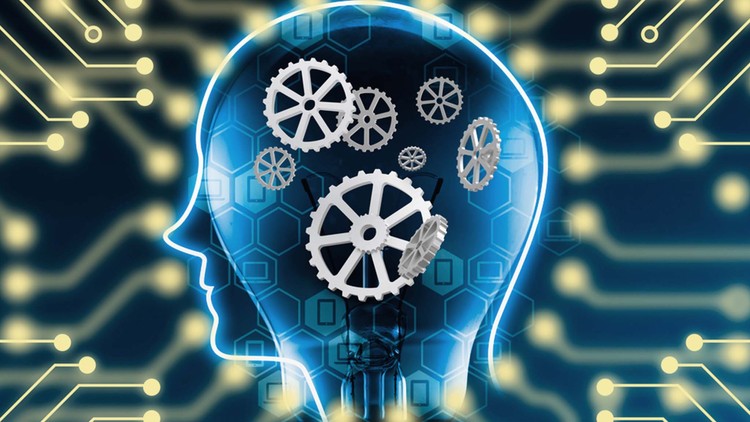
Harness The Power Of Machine Learning For Unsupervised & Supervised Learning In Python
What you will learn
Harness The Power Of Anaconda/iPython For Practical Data Science
Read In Data Into The Python Environment From Different Sources
Carry Out Basic Data Pre-processing & Wrangling In Python
Implement Unsupervised/Clustering Techniques Such As k-means Clustering
Implement Dimensional Reduction Techniques (PCA) & Feature Selection
Implement Supervised Learning Techniques/Classification Such As Random Forests In Python
Neural Network & Deep Learning Based Classification
Description
HERE IS WHY YOU SHOULD TAKE THIS COURSE:
This course your complete guide to both supervised & unsupervised learning using Python. This means, this course covers all the main aspects of practical data science and if you take this course, you can do away with taking other courses or buying books on Python based data science.
In this age of big data, companies across the globe use Python to sift through the avalanche of information at their disposal..
By becoming proficient in unsupervised & supervised learning in Python, you can give your company a competitive edge and boost your career to the next level.
LEARN FROM AN EXPERT DATA SCIENTIST WITH +5 YEARS OF EXPERIENCE:
My name is Minerva Singh and I am an Oxford University MPhil (Geography and Environment) graduate. I also just recently finished a PhD at Cambridge University.
I have several years of experience in analyzing real life data from different sources using data science techniques and producing publications for international peer reviewed journals.
Over the course of my research I realized almost all the Python data science courses and books out there do not account for the multidimensional nature of the topic .
This course will give you a robust grounding in the main aspects of machine learning- clustering & classification.
Unlike other Python instructors, I dig deep into the machine learning features of Python and gives you a one-of-a-kind grounding in Python Data Science!
You will go all the way from carrying out data reading & cleaning to machine learning to finally implementing simple deep learning based models using Python
THE COURSE COMPOSES OF 7 SECTIONS TO HELP YOU MASTER PYTHON MACHINE LEARNING:
• A full introduction to Python Data Science and powerful Python driven framework for data science, Anaconda
• Getting started with Jupyter notebooks for implementing data science techniques in Python
• Data Structures and Reading in Pandas, including CSV, Excel and HTML data
• How to Pre-Process and “Wrangle” your Python data by removing NAs/No data, handling conditional data, grouping by attributes, etc.
• Machine Learning, Supervised Learning, Unsupervised Learning in Python
• Artificial neural networks (ANN) and Deep Learning. You’ll even discover how to use artificial neural networks and deep learning structures for classification!
With such a rigorous grounding in so many topics, you will be an unbeatable data scientist by the end of the course.
NO PRIOR PYTHON OR STATISTICS OR MACHINE LEARNING KNOWLEDGE IS REQUIRED:
You’ll start by absorbing the most valuable Python Data Science basics and techniques.
I use easy-to-understand, hands-on methods to simplify and address even the most difficult concepts in Python.
My course will help you implement the methods using real data obtained from different sources.
After taking this course, you’ll easily use packages like Numpy, Pandas, and Matplotlib to work with real data in Python..
You’ll even understand concepts like unsupervised learning, dimension reduction and supervised learning.. I will even introduce you to deep learning and neural networks using the powerful H2o framework!
Most importantly, you will learn to implement these techniques practically using Python. You will have access to all the data and scripts used in this course. Remember, I am always around to support my students!
JOIN MY COURSE NOW!
Content